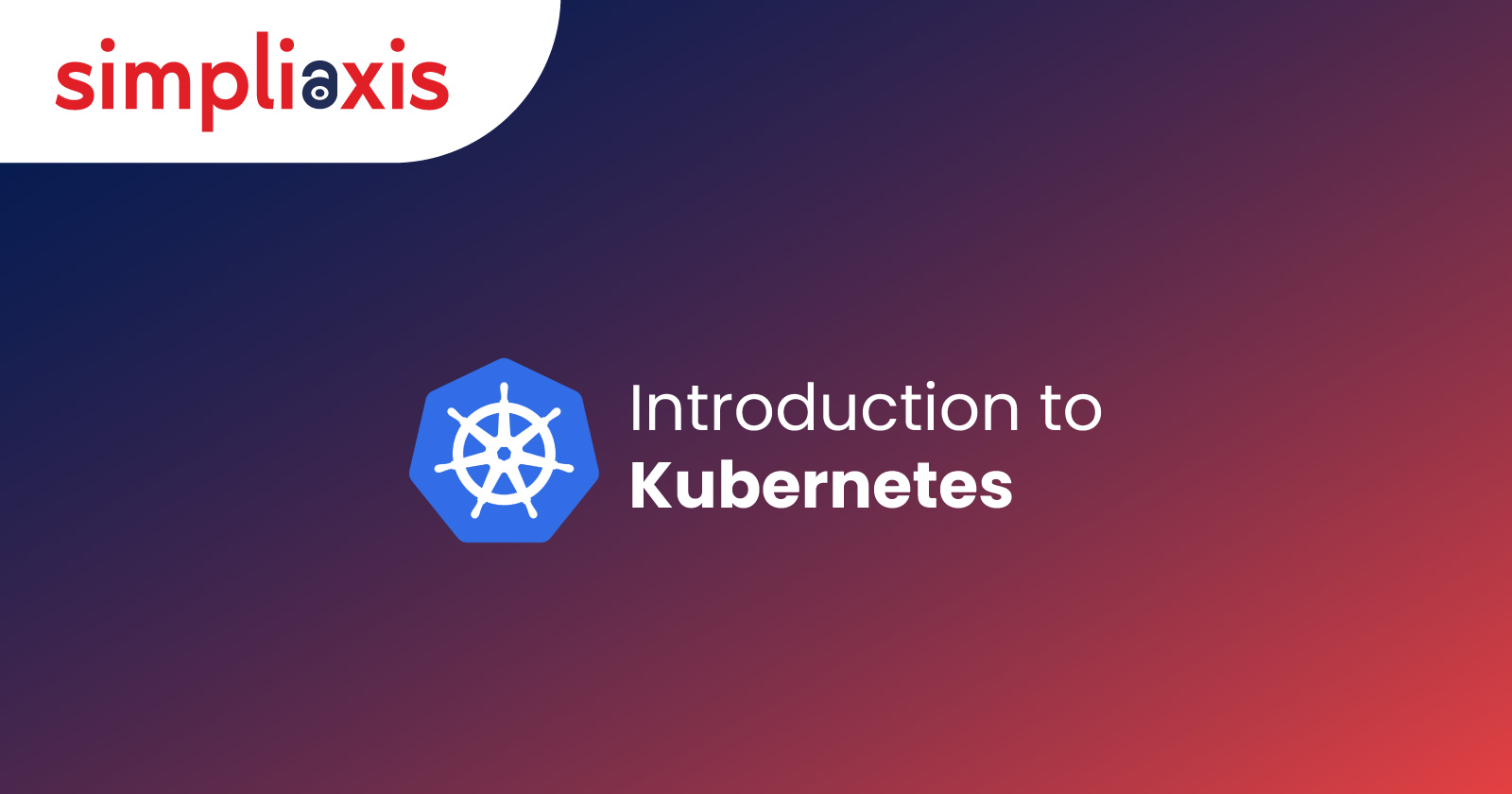Kubernetes
It is an open-source orchestration platform that follows the principle of Containerization that enables the usage of elastic web server components for cloud-based applications. Web and Mobile applications can be deployed using Kubernetes. Container Orchestration can be defined as maintaining the elastic framework for web servers in an automated way for the applications moved to production. The operations team can create system resources that can be automatically started if web traffic increases for any application during peak time and can remove server resources during application downtime. For SaaS applications, scalability is provided to support millions of users simultaneously. Let’s look at the below stages that led to the origin of Kubernetes.
Traditional Deployment:
Earlier, enterprises used to run developed enterprise or web apps on single-tenant computer servers. There used to be no chance of specifying limits for resource usage in the installed server and because of this, there were problems for resource allocation. For instance, if many apps are deployed on the same server, there may be cases where a single application is used to consume many of the available resources, leading to low performance of other applications. The preferred solution might be deploying different enterprise apps on a different server. But due to this, there may be a chance of resource underutilization and this leads to more infrastructure setup costs and maintenance costs.
Virtualized deployment:
Considering the above-mentioned limitations, Virtualization was formulated. This allows users to run many Virtual Machines (VMs) on a host CPU. It allows enterprise or web apps installed to be remote among VMs and provides app security, as information can’t be transferred between different applications.
As a guest Operating System (OS) has its own kernel, set of libraries, and dependencies, these VMs utilize a large part of system resources. Applications installed on VMs are tied to the underlying hardware, so moving a VM to another machine requires new configurations, new application bugs, and reinstallation of the entire environment. VMs can also be slow to boot.
Container deployment:
Containers are like VMs, but they share the same Operating System (OS) among the applications. Hence, containers are considered lightweight. As containers are disassociated from the system hardware, they can be used across different cloud environments and OSs.
Containerization is a better way to package and run applications. In a production environment, Kubernetes provides us with a framework that handles containers by implementing scalability and deployment patterns, whether restarting the container or adding more resources. Containers are currently in demand due to their extra features such as Agile application development and deployment, CI-CD, Loosely coupled Micro-services, Resource isolation, etc.
How Kubernetes Work:
Kubernetes also referred to as K8S originated from the code that Google used to manage its scalable data centers with the “Borg” platform. AWS introduced Elastic Web Server frameworks to the public with the launch of the EC2 platform. Kubernetes allows companies to organize containers like EC2 but using open-source code. Google, AWS, Azure, and the other major public cloud hosts all offer Kubernetes support for cloud web server orchestration. Customers can use Kubernetes for complete data center outsourcing, web/mobile applications, SaaS support, cloud web hosting, or high-performance computing.
In a Production environment, the developer/admin has to direct the containers that deploy the enterprise applications and assure no downtime during the deployment. For example, if a container goes down, another container needs to be started. This would be easier if it were handled by another system or technology.
That’s how we can use Kubernetes to solve the above issue. Kubernetes provides the framework for users to run distributed systems at a stretch. It manages scalability and availability for apps deployed, providing many deployment patterns and additional features. For instance, Kubernetes can handle canary deployment for the deployed containerized apps.
A Container Orchestration system is a procedure to manage the lifecycle of apps placed in a Container across an environment. It’s a framework that allows automating the deployment and scaling of many containers as required. Many containers executing the same app are formed as groups. These same containers function as replicas and serve load balancing for end-user requests. A container orchestrator then supervises these groups, assuring they are functioning in the desired manner. This system is an administrator responsible for handling applications deployed via containers. Orchestrator does the required functionality if the container needs a restart or more resources.
Features of Kubernetes:
Service discovery and load balancing: Kubernetes gives information about the container having the Domain Name System(DNS) or IP address. If container traffic is high, this framework provides the ability for load balancing and network traffic distribution to achieve stable deployment.
Storage orchestration: This framework authorizes users to automatically organize a system for data storage of their choice, such as local storage, a private or public cloud provider, and more.
Rollouts and Rollbacks Automation: The user can specify the desired state of the container deployed using Kubernetes, and it is changed to that state at a manageable rate. Process automation can be made to create new containers for deploying web apps or enterprise apps, removing unused containers, and transferring resources to the newly created containers.
Automatic bin packing: Kubernetes provides users a node cluster to execute images placed in containers. Users can specify the number of CPUs and memory (RAM) needed for different containers. It can also allow containers to be placed on user-specified nodes for effective resource utilization.
Self-healing: Containers that fail can be restarted and replaced by Kubernetes. It even stops the container that didn't act in response to a user-defined health check and doesn't show these to users until containers are streamlined to operate.
Secret and configuration management: Kubernetes allows users to store and process sensitive data, such as passwords, security tokens, and Secure Shell keys. Even though the changes are made at the configuration level, users can directly deploy applications, which doesn’t require restarting the whole container.
Conclusion:
Kubernetes is a great tool for orchestrating containerized applications. It helps automate the more complex task of dynamically scaling an application in real-time. The problem with K8s is that it’s a complex system, which is a disadvantage when things are not working as expected.
Monitoring both Kubernetes technology and the application environments being orchestrated is essential to ensure all is working as it should be and the application users are receiving a prompt and error-free service. The monitoring solution must provide a unified view of the Kubernetes cluster and its containerized applications. It must continuously transform to the evolving environment as workloads are scheduled across multiple nodes. It must absorb vast quantities of data: time series, events, logs, and request traces, then summarize it into actionable information.
For those looking to enhance their skills and manage these complex systems effectively, Simpliaxis offers Docker and Kubernetes Certification Training. This training will help you master the tools and techniques needed to thrive in the world of container orchestration and management.
















